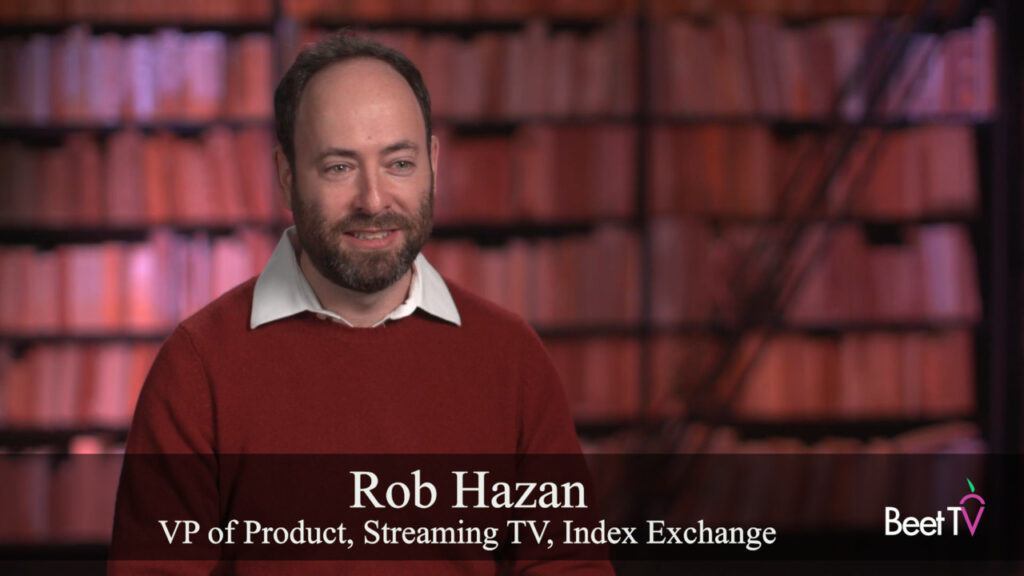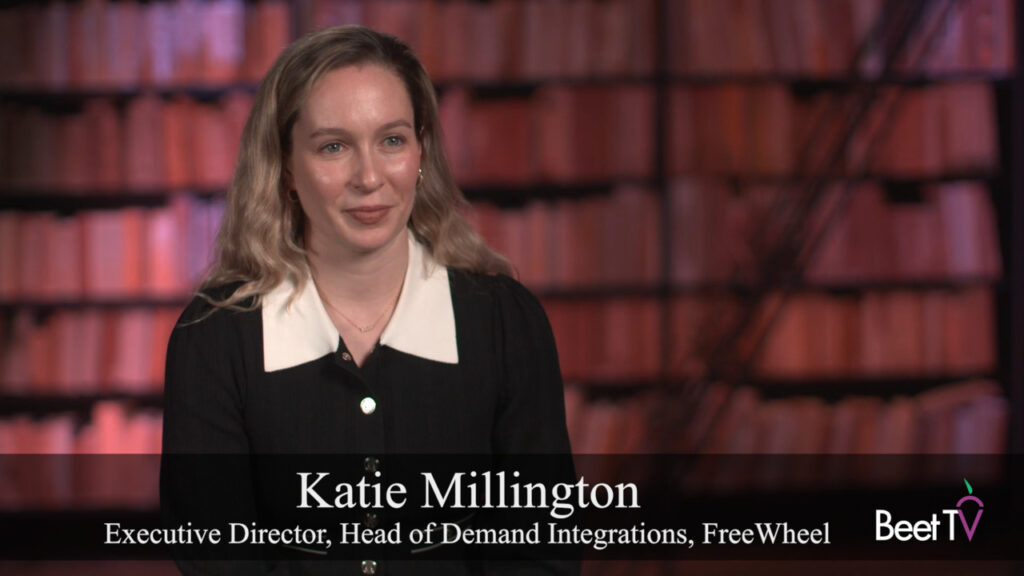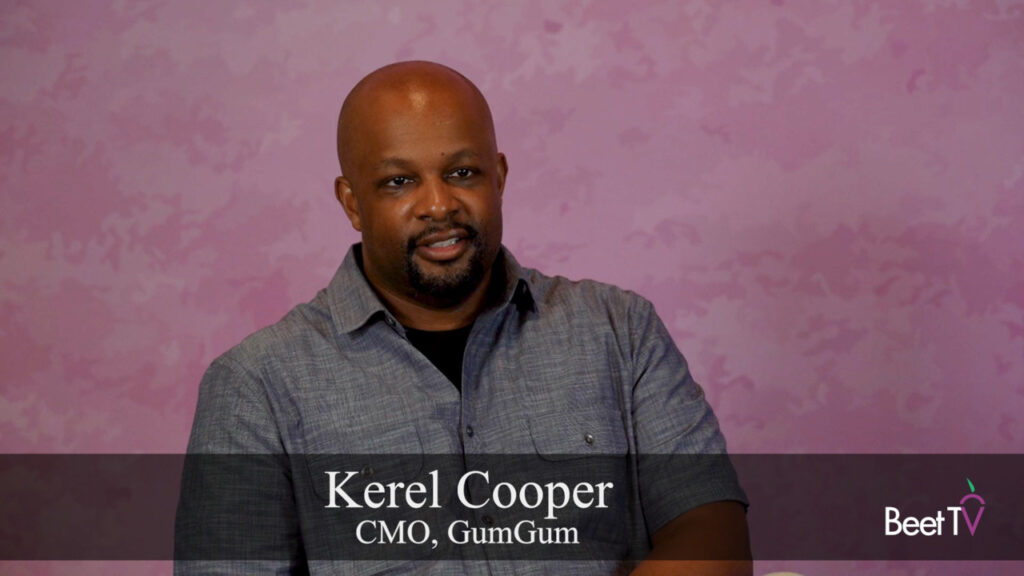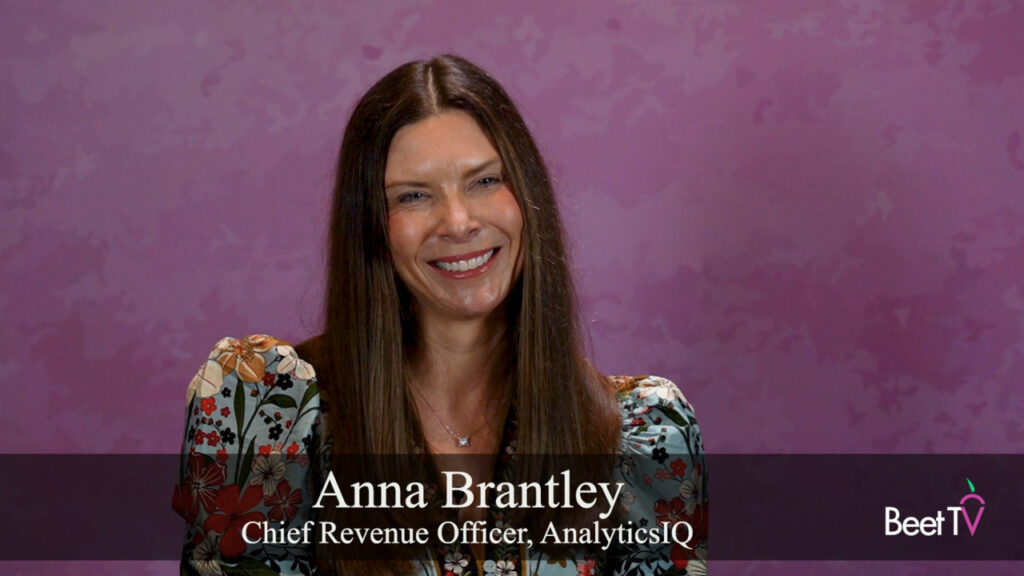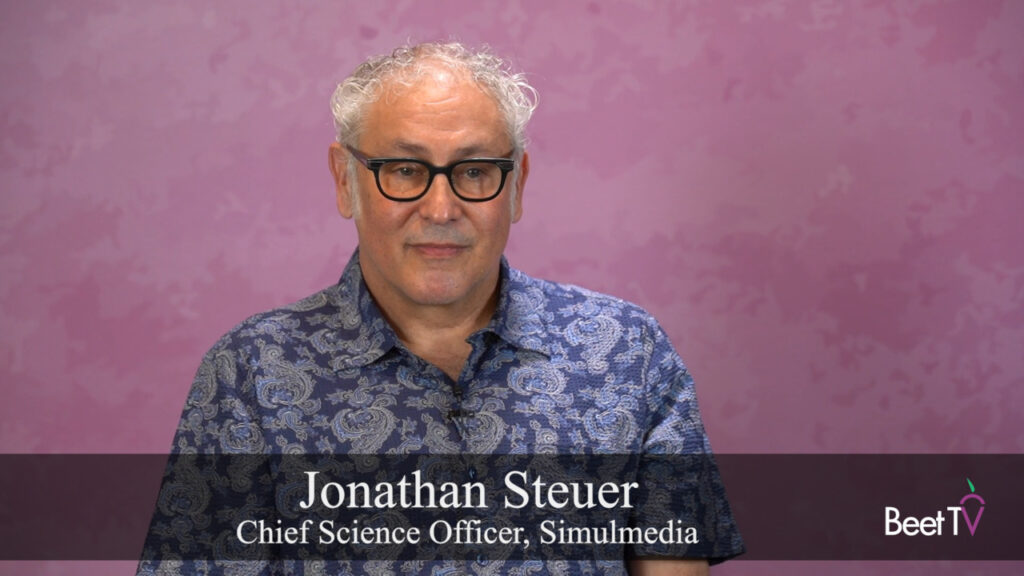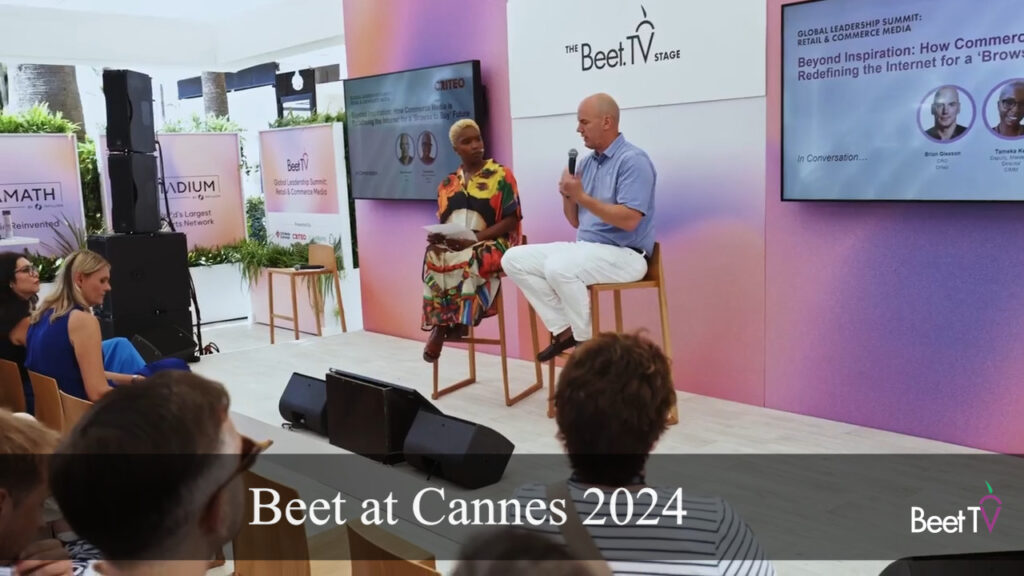In a fast-changing streaming landscape, advertisers can’t any longer rely solely on traditional targeting methods. That’s the message from Carl Strum, director of video futures at Interpublic Group’s Initiative, who is urging marketers to adopt a more nuanced approach to connected television advertising that emphasizes platform understanding, app-level precision, and contextual signals.
In this video interview with Lisa Granatstein, editorial director of Beet.TV, Strum explained that many brands still conflate devices and platforms when they should be thinking more strategically about how content is consumed.
“When we ask ourselves the question of CTV advertising and reaching engaged audiences,” Strum said, “I often recommend taking a step back and thinking about the media channel and the platform we’re talking about — which in most cases is streaming and OTT.”
While CTV is often framed around the device or screen — like a smart TV or Roku stick — Strum emphasized that audiences watch their favorite streaming platforms across a wide variety of devices, including mobile phones and desktops. That means Fortune 500 clients must consider where their key audiences are watching, not just how.
Power of app-level targeting
Once platform and device context is understood, the next step is getting granular with applications — specifically app names and IDs, which Strum called “really at the center of being able to manage an allow list for marketing campaigns.”
This level of specificity helps advertisers avoid playing “whack-a-mole” with low-quality inventory and ensures their media dollars are going toward trusted, brand-safe environments. Still, Strum noted that app identifiers vary across platforms, screens, and app stores — creating a technical hurdle that the industry must better navigate.
“It’s a fairly technical thing,” he said, “but it’s something that I think the industry should be paying more attention to.”
Content signals: New frontier of contextual relevance
Strum also highlighted the rising importance of content signals, or “content object signals,” that can provide insight into the actual programs viewers are watching. But accessing that data isn’t always straightforward. One major roadblock is the Video Privacy Protection Act (VPPA), a U.S. law that restricts how viewing data can be shared.
Strum explained that privacy-compliant approaches, such as hashing and anonymizing data at the user level, are enabling more publishers to share content signals in a way that’s both legal and useful for advertisers.
“We’ve been tracking this year over year,” he said, “and it’s increased across major streaming platforms and OEMs.”
Another barrier is the lack of standardization around metadata such as genres and show titles.
“Right now, there’s no mutually exclusive, collectively exhaustive list of every type of genre,” Strum said. “It’s kind of hard to bucket entertainment into key criteria.”
Still, he believes that industry-wide guidelines, if not standards, could help advertisers safely and effectively tap into content-level data.
Role of third parties and performance testing
Strum also underscored the critical role of third-party verification and data partners. While buying platforms and direct publishers should remain the first point of analysis, third parties can “serve as the central hub for data that might live in disparate parts,” applying helpful metadata or categorizations that individual platforms may not support on their own.
“The real combination—the use of both of them in tandem—is one of the best use cases,” he said.
Advertisers are becoming more sophisticated in developing allow lists, gaining better visibility into where their ads run, and scaling those efforts across platforms and devices, he said. However, that’s just the foundation. The next step is testing content-based variables to improve contextual alignment.
“More and more performance data is showing the benefit of matching your brand’s message to the general theme of the program,” Strum explained. “There’s not always going to be 100% scale… but it’s really important for advertisers to start testing these out, seeing what works, and seeing how they can replicate with new campaigns.”
Bottom Line: Think beyond the device
As CTV continues to grow as a dominant media channel, Strum’s message is clear: advertisers need to think beyond the device, get smarter with application-level controls, and lean into content-aware strategies that respect user privacy but allow for better contextual relevance.
In a fragmented media landscape, precision and adaptability are becoming the new imperatives for high-impact video advertising.
You’re watching “The Road to POSSIBLE 2025: Transparency and New Signals for CTV Success,” a Beet.TV Leadership Series, presented by Peer39. For more videos from this series, please visit this page.















